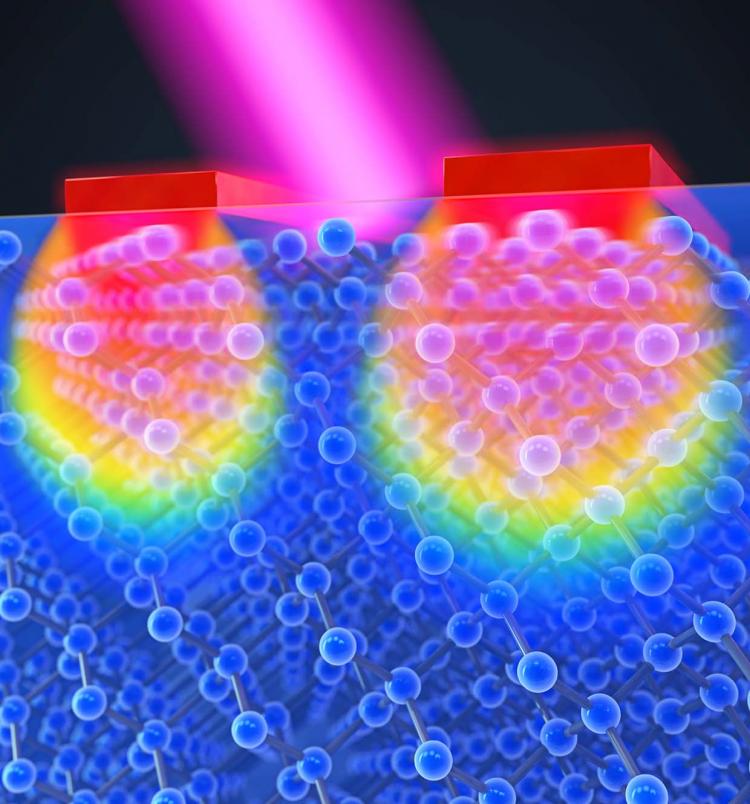
Nano world is full of mysterious features such as uncertainty principle, probabilities and wave function. It’s been at the beginning of quantum mechanics that researchers are working unceasingly to understand the perplexing phenomenon of the nano realm.
Unlike the macro world, events at the nano scale are beyond the comprehension of physicists. One such problem is why some uber small heat sources cool down faster if they are packed too close.
Designing speedier electronic devices always come with heating issues. In combined research by physicists at CU Boulder and the National Institute of Standards and Technology (NIST) tried to understand the physics involved at the fundamental level regarding the flow of heat.
Current study is an extension of the 2015 research led by physicists Margaret Murnane and Henry Kapteyn at JILA. When they were studying thermal management in nano systems, they observed that when metal bars – many times thinner than human hair – on silicon base were heated with laser, they behaved counterintuitively. That is, when these bars were kept at a certain distance, they do not dissipate heat efficiently. However, when they are packed too close, they tend to cool down faster, relatively.
To understand the strange phenomena, this time, researchers used computer simulation to detect the flow of heat from their nano-sized bars. They observed that when heat source is at close proximity, the consequent energy vibrations tend to bump off each other. Thus, diffusing heat away and cooling the bars down.
Directional thermal channeling
Researchers observed that when the bars were placed apart, heat dissipated in a predictable manner. That is, energy from the bars leaked directly into the material placed below them.
However, when the bars were kept close to each other, energy flowed more intensely and in a uniform direction. Just like a crowd of people elbowing each other while exiting out of a stadium.
The team termed their observation as “directional thermal channeling.”
Thermal management in nanosystems
Conclusion of the study emphasized one of the major challenges that the engineers faced while designing nanoelectronic devices – microprocessors or quantum computer chips – that when scaled down to nano devices, the every day understanding of scattering of heat undergo a counterintuitive transformation.
Micro scale or macro scale, technology is moving at a fast pace. As fabrication lab is striving to create smaller and smaller electronics, engineers need to pay close attention than ever before to phonons.

Phonons
Phonons is the collective elementary excitation of quantum units. It is the manner in which oscillation occurs in lattice structures. In case of solid substances, the vibrations of atoms carry heat.
Therefore, the mode of heat transmission in devices is very critical to its development. For instance, even a minor defect can lead to heat accumulation in computer chips.
Takeaway
The study is an interesting attempt in understanding nanoscale molecular dynamics.
Once an in-depth analysis of the flow of heat is gauged via tracing the behaviour of phonons, engineers will be able to fabricate more efficient devices. And other technological applications like thermal management in nanoelectronics and optoelectronics, thermoelectric devices, nanoenhanced photovoltaics, and nanoparticle-mediated thermal therapies.



